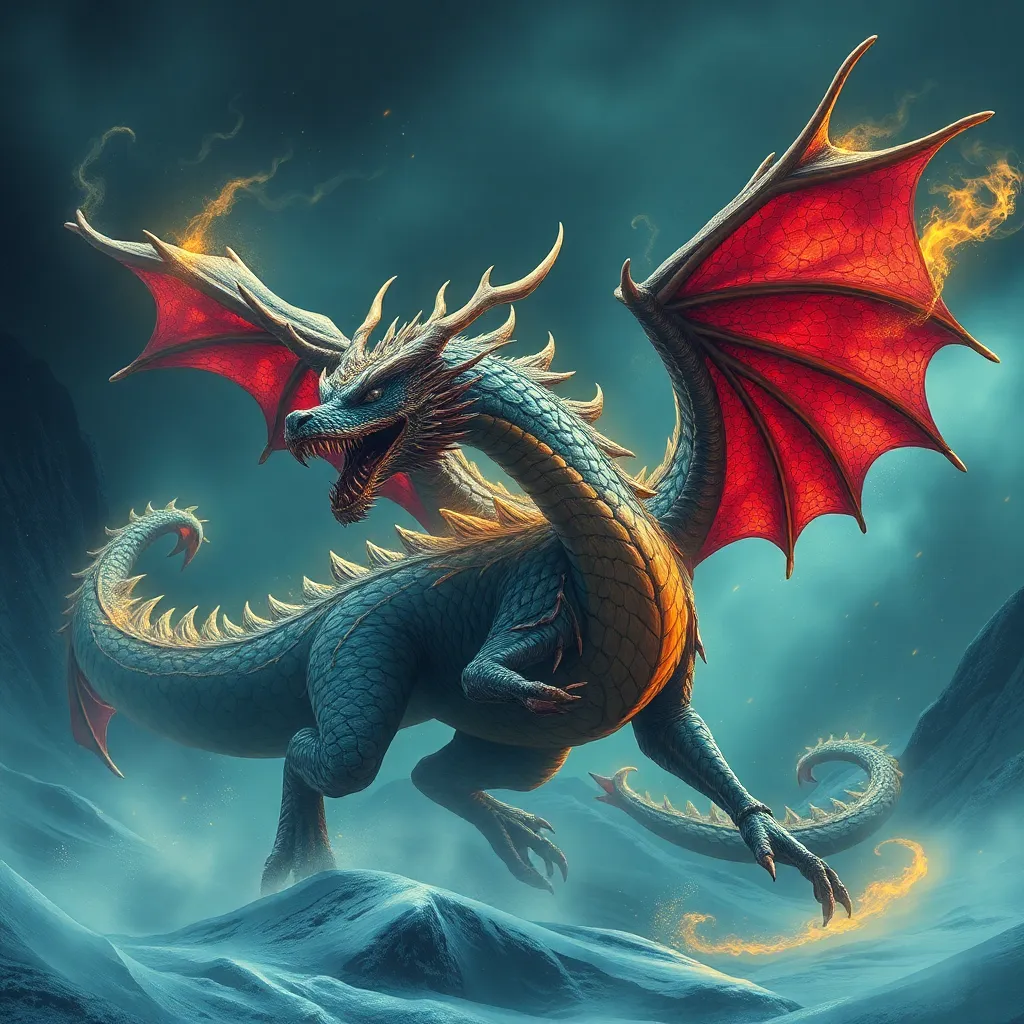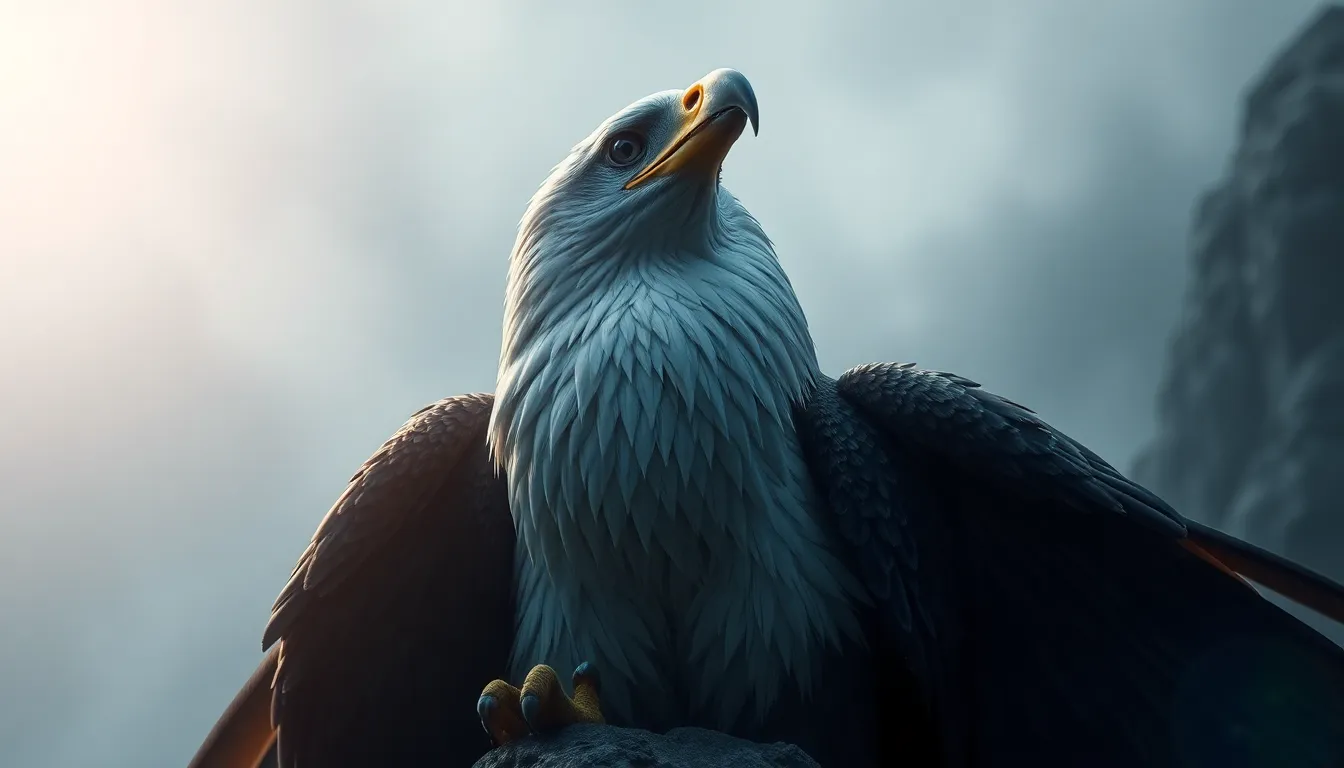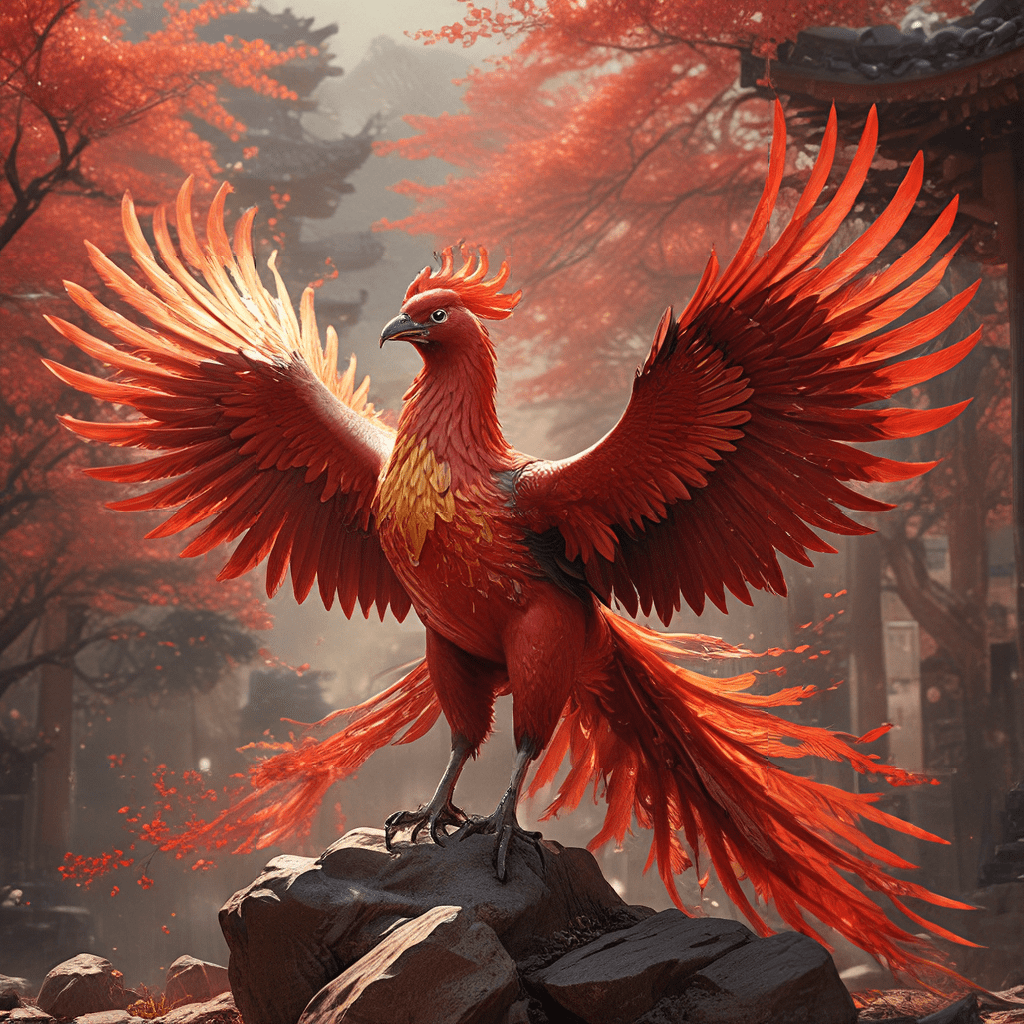The Dragon’s Song: Fafnir’s Role in Norse Mythical Music
I. Introduction to Fafnir
Fafnir is one of the most iconic figures in Norse mythology, often depicted as a fearsome dragon that embodies greed and destruction. Originally a dwarf, Fafnir’s transformation into a dragon symbolizes the corrupting nature of greed and the lengths to which one can go to possess wealth. Dragons in mythology often serve as guardians of treasure, representing both material wealth and the profound wisdom that comes with it. Furthermore, music plays a pivotal role in Norse mythology, serving as a means of storytelling and ritual that echoes the themes of fate, power, and morality.
II. The Myth of Fafnir: A Brief Summary
The story of Fafnir begins with his origins as a dwarf, part of a family that comes into possession of a hoard of cursed gold. This treasure belonged to the slain giant, Andvari, and was cursed to bring misfortune to its possessor. Fafnir, driven by greed and ambition, ultimately kills his father, Hreidmar, to claim the gold for himself. As a result of his insatiable greed, he transforms into a dragon, a form that embodies his new identity as a creature of greed and death.
Fafnir’s relationship with his brother, Regin, is complex. Regin, who seeks revenge against Fafnir for their father’s death, enlists the help of the hero Sigurd to slay the dragon. This dynamic illustrates the themes of betrayal and the destructive consequences of greed that are central to Fafnir’s tale.
III. The Symbolism of Dragons in Norse Mythology
Dragons in Norse mythology are rich in symbolism, often serving as guardians of treasure and knowledge. They represent the duality of destruction and wisdom; while they guard immense wealth, they also pose a significant threat to those who seek it. Fafnir’s transformation into a dragon is a powerful representation of greed and its consequences. His insatiable desire for gold leads not only to his demise but also to the suffering of those around him.
- Dragons as Guardians: Often depicted as protectors of treasure, dragons hold knowledge that is sought after by heroes.
- Destruction and Wisdom: The dual nature of dragons reflects the perilous balance between seeking knowledge and the dangers it may bring.
- Fafnir’s Greed: Fafnir exemplifies the destructive nature of greed, which ultimately leads to his tragic fate.
IV. Music in Norse Mythology
Music played a significant role in Norse cultural practices, serving as a medium for storytelling, celebration, and ritual. The Norse people used music to convey their history, values, and beliefs, often through songs that recounted the deeds of gods and heroes. Mythological figures associated with music, such as Bragi, the god of poetry, highlight the importance of song in their culture.
The significance of music in storytelling and ritual cannot be overstated, as it helped to preserve oral traditions and convey moral lessons. Songs would accompany important events, from weddings to funerals, reinforcing community bonds and shared identities.
V. Fafnir’s Connection to Music and Sound
The metaphorical ‘song’ of Fafnir can be interpreted as a symbol of his fate—one that resonates with themes of power, fear, and the consequences of greed. His roar, often described in the sagas, evokes a sense of terror and awe, encapsulating the power he wields as a dragon. This connection between sound and meaning is prevalent in Norse poetry, where the imagery of Fafnir’s presence is laden with significance.
In both the Poetic Edda and the Prose Edda, Fafnir’s character is depicted through vivid imagery and symbolic language, allowing us to explore the deeper meanings behind his role in the myths.
VI. Fafnir in Modern Interpretations and Adaptations
In contemporary literature and media, Fafnir continues to be a compelling figure. His portrayal in various adaptations, including novels, films, and video games, reflects the enduring fascination with his character. These modern interpretations often emphasize the themes of greed and transformation, while also exploring the tragic elements of his story.
- Literature: Authors have reimagined Fafnir’s character, exploring the psychological depths of his greed and tragic fate.
- Film and Games: Fafnir’s story is often depicted through powerful musical scores that enhance the dramatic elements of his character.
- Performance Art: The use of music in performances highlights the emotional weight of Fafnir’s myth, bringing the story to life for modern audiences.
These adaptations not only reflect the original myth but also reshape it, allowing new generations to engage with Fafnir’s legacy.
VII. The Legacy of Fafnir’s Song in Norse Culture
The myth of Fafnir has left an enduring impact on Norse identity, serving as a cautionary tale about the dangers of greed and the consequences of one’s choices. The role of storytelling and music in preserving cultural history is vital, as these narratives have been passed down through generations, adapting and evolving over time. Fafnir’s influence can be seen in modern interpretations of myth and folklore, where themes of transformation, greed, and the moral lessons drawn from his story continue to resonate.
VIII. Conclusion: The Harmonious Echo of Fafnir’s Legacy
In conclusion, Fafnir’s role in Norse mythical music is a profound testament to the intertwining of myth, music, and morality. His story serves as a reminder of the importance of understanding the consequences of our desires and actions. Dragons, as powerful symbols in cultural narratives, continue to captivate our imaginations, reminding us of the complexity of human nature and the timeless lessons found within these ancient tales. The harmonious echo of Fafnir’s legacy invites us to reflect on our own lives and the stories we tell.




